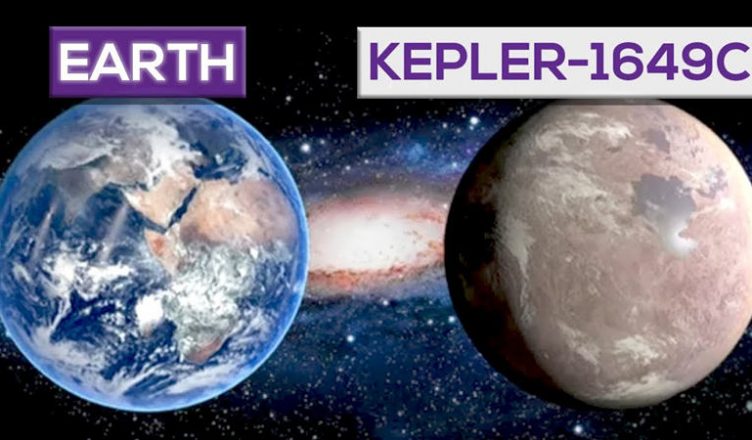So far, the Kepler Space Telescope has helped humanity explore over 2600 exoplanets beyond our solar system and was retired in 2018 due to fuel exhaustion. However, when NASA reanalyzed data from the Kepler Telescope in 2020, they made a surprising discovery: a planet located 300 light-years away with striking similarities to Earth.
This planet is named Kepler-1649c, and it is situated 300 light-years from Earth, slightly larger than Earth at 1.06 times its size. Kepler-1649c shares similarities in temperature, lighting conditions, and environment with our planet. It receives approximately 75% of the sunlight that Earth does due to its interaction with a nearby red dwarf star, and it falls within the habitable zone, making it highly probable to have water resources on its surface. Let’s delve into more details about this mysterious planet, Kepler-1649c.
This newly discovered planet, Kepler-1649c, is only 6% larger than our Earth.
Located 302 light-years away in the constellation Cygnus, there is a red dwarf star, Kepler-1649, with a diameter about one-quarter that of the Sun. It emits an orange-red light and sits in the lower right corner of the Hertzsprung-Russell diagram, making it a typical red dwarf star with surface temperatures ranging from 2,400K to 3,700K.
Orbiting at approximately 0.0514 astronomical units (AU) from Kepler-1649, there is a rocky exoplanet with an orbital period of just 8.7 days, known as Kepler-1649b. When this planet was discovered in 2017, it was initially referred to as another “super-Earth” due to its size, being 1.28 times the volume of Earth. However, Kepler-1649b’s close proximity to its host star means it can at most be likened to the surface environment of Venus in our solar system.
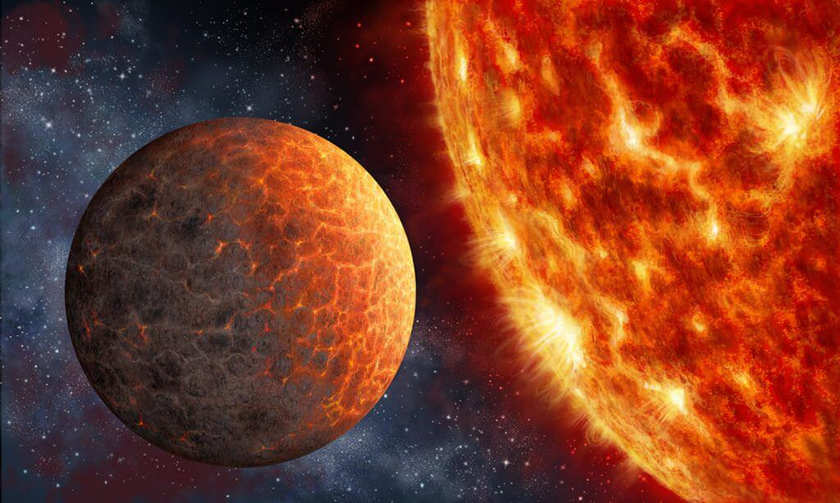
However, at a slightly greater distance, there’s an exciting discovery – a rocky exoplanet known as Kepler-1649c within the habitable zone of this star system.
Kepler-1649c is 1.06 times the volume of Earth, which is just 6% larger. It receives about 75% of the sunlight that Earth gets from our Sun, resulting in an average surface temperature of -39°C. If this planet has a substantial atmosphere, the average surface temperature could be higher, sufficient to support the existence of liquid water. This is a promising finding!
While scientists have previously found exoplanets that are similar in size to Earth or have average temperatures closer to Earth’s, considering both volume and surface temperature, Kepler-1649c is undoubtedly the most ideal “second home” for humans. Another highlight of Kepler-1649c is that its central star, a red dwarf, has a long lifespan, providing a more sustainable source of energy for its own evolution.
Kepler-1649c is not without its flaws but offers us a new direction for exploration.
Of course, Kepler-1649c is far from being a perfect replica of Earth and falls short of perfection in several aspects. One such aspect is its 19.5-day orbital period, which indicates that Kepler-1649c is still too close to its host star, posing a threat from high-intensity stellar radiation. However, the significance of Kepler-1649c lies in the possibility of providing us with a completely new concept in planetary system composition.
In the past, it was believed that for planetary systems to operate stably over the long term, the orbital resonances of massive planets in close orbits should maintain a 2:1 or 3:2 ratio, meaning that the outer planet completes one orbit (or two) for every two orbits of the inner planet (or three orbits). This rule also applied to systems with multiple massive natural satellites. However, Kepler-1649c and Kepler-1649b exist in a unique 4:9 resonance ratio, which has remained stable over an extended period.
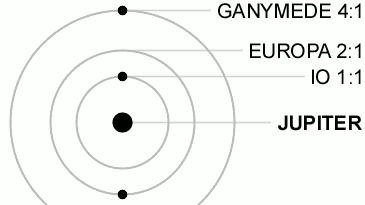
Consider that there are over a hundred billion stars in the Milky Way, with 75% of them being red dwarf stars similar to Kepler-1649. If stable orbital resonances are not limited to the traditional 2:1 or 3:2 ratios, this could significantly increase the number of habitable zone planets and the likelihood of finding a “new home” comparable to Earth.
However, some experts suggest that there might be a massive planet “X” between the orbits of Kepler-1649c and Kepler-1649b, which would create a 2:1 or 3:2 resonance with both of them. Still, there is no trace of such a planet “X” in the data collected by the Kepler telescope. It’s also possible that the orbit of planet “X” has a higher inclination and was not captured by the telescope.
Cygnus, a mysterious hub for “Earth” production.
In a universe where distances between star systems often span thousands of light-years, Kepler-1649, which is only 302 light-years away, is not all that distant. Furthermore, the Cygnus constellation, in which Kepler-1649 is located, seems like a “factory” for producing “Earth-like” planets.
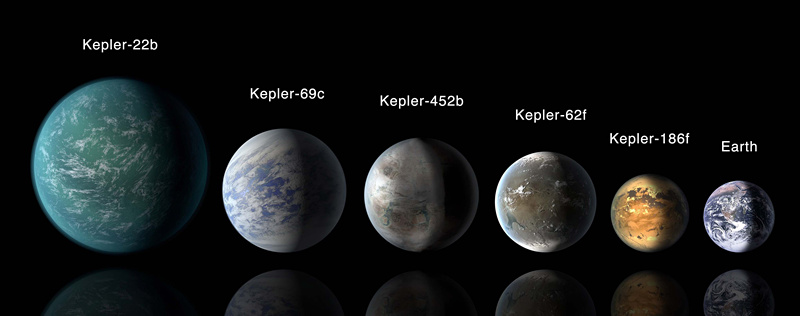
This celestial “swan,” soaring in the vast Milky Way “river,” has detected an impressive 3,079 stars, with 137 visible to the naked eye from Earth and 1,352 planets with recorded discoveries.
- 61 Cygni, the closest star to Earth in the Cygnus constellation, is only about 11 light-years away. In the expansive expanse of Cygnus, there is no shortage of “stellar” celebrities. The supergiant Cygnus KY is 1,420 times the diameter of the Sun and 25,000 times the Sun’s mass. Tianjin 4, with 180,000 times the luminosity of the Sun, is the “brightest” star in Cygnus, ranking 19th in overall brightness in the night sky of both hemispheres.
- Kepler-452b, which created a buzz five years ago, was briefly dubbed “Earth 2.0” or “Earth’s cousin.” Kepler-452b is five times the size of Earth, with an orbital period of 385 days, and its distance from the central star is similar to that of Earth from the Sun. Located 1,400 light-years away, the surface gravity on Kepler-452b is twice that of Earth, and the central star is 1.5 billion years older than the Sun, making Kepler-452b seem less like a prime candidate for humanity’s “second home.”
- Kepler-186f, which was announced six years ago, created a sensation with its 1.1 times Earth’s volume, location in the habitable zone, and being 500 light-years away. However, Kepler-186f receives only one-third of the sunlight Earth does from its central star, making it not quite an “Earth twin” and at most a “cousin.”
- Kepler-22b, located 500 light-years away, was the first candidate for an exoplanet in the habitable zone confirmed nine years ago. However, with a size 13.8 times that of Earth, Kepler-22b seems rather massive, and its density and mass distribution are yet to be thoroughly understood.
In addition to these, there are planets like Kepler-69c and Kepler-1229b, which are on the list of Earth-like planets. All these Earth-like planets come from the Cygnus constellation. In summary, out of over 30 confirmed Earth-like exoplanetary systems, Cygnus contributes a significant portion.
This constellation, with its vast array of celestial bodies, is clearly interested in our solar system and Earth, as if it’s determined to create Earth clones. Perhaps, one day, we will be amazed to discover the existence of another Earth, and she might just be in the Cygnus constellation. Because, in the Cygnus constellation, more than ten star nurseries are still diligently producing.
Kepler-1649c: A Remarkable Earth-sized Exoplanet Overlooked by Automation
A recent study published in the “Astrophysical Journal Letters” describes an Earth-sized exoplanet located approximately 300 light-years away. Its size is 1.06 times that of Earth (rounded to two decimal places), making it nearly as large as our vibrant blue planet. What’s remarkable is that this rocky exoplanet resides within the habitable zone of its star, where conditions on its surface could support liquid water. Surprisingly, this exoplanet would have gone undiscovered if not for a thorough manual review of the Kepler data, which the computer algorithms had initially rejected. Take a few moments to learn more about this newfound world.
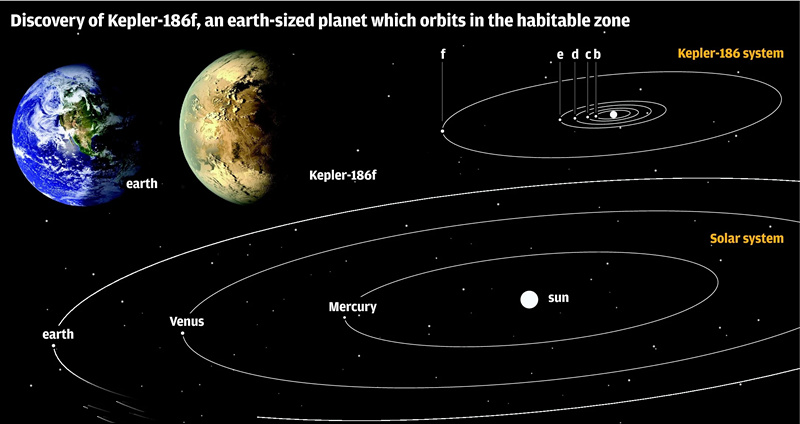
The new research indicates that Kepler-1649c receives approximately 75% of the starlight that Earth does, resulting in an equilibrium (state) temperature of around 234 Kelvin (-39 degrees Celsius or -38 degrees Fahrenheit). The equilibrium temperature depends on factors such as received stellar radiation, reflectivity, and atmospheric effects. The actual surface temperature of Kepler-1649c cannot be determined at present because scientists do not know the planet’s atmospheric composition. For reference, Earth’s equilibrium temperature is 278.5 Kelvin (5 degrees Celsius or 42 degrees Fahrenheit).
“Considering its size and potential temperature, this is the most Earth-like planet ever discovered by Kepler,” says co-author Jeff Coughlin in a SETI Institute news release. While there are other notable exoplanets with Earth-sized volumes, such as TRAPPIST-1f, and those with Earth-comparable temperatures, like TRAPPIST-1d and TOI 700d, Kepler-1649c stands out for its closer alignment with both Earth’s size and temperature.
One distinguishing feature of Kepler-1649c is its short orbital period, which lasts only 19.5 days (its host star is a red dwarf named Kepler-1649). This short period implies that Kepler-1649c is in close proximity to its host star, but this star is only one-fourth the mass of the Sun, significantly less luminous. This raises questions about the planet’s suitability for habitation. Approximately three-quarters of stars in the Milky Way are red dwarfs, but they are prone to flaring, leading astrobiologists to believe that red dwarf systems are less likely to host life. To date, NASA’s Kepler Space Telescope has discovered nearly 2,400 exoplanets. Kepler-1649c, however, went unnoticed for several years.
A few years ago, the use of the Robovetter computer algorithm led astronomers to overlook Kepler-1649c when analyzing Kepler data. Kepler operated from 2009 to 2018, generating thousands of observations over the years. Analyzing this data to search for exoplanets is a daunting task, and automation using the Robovetter algorithm is crucial for streamlining this process.
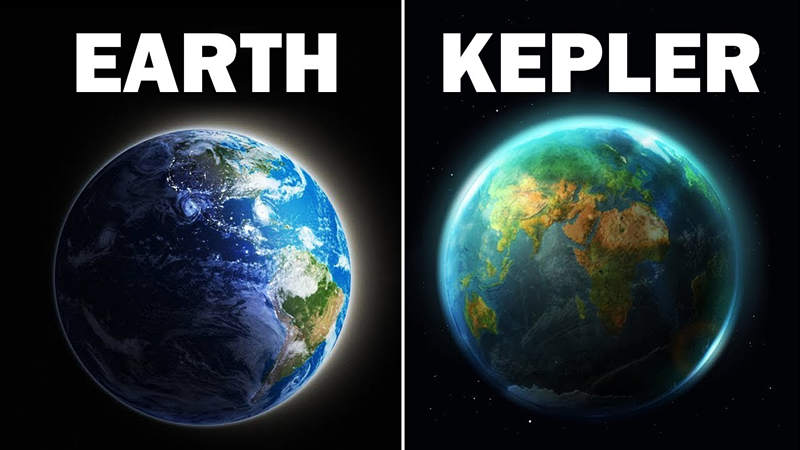
The first step in the automated processing system involves capturing drops in the brightness of stars, which are indicative of exoplanetary orbits. The second step requires Robovetter to reject false positives caused by additional variables, such as variable stars (which also exhibit brightness fluctuations), passing celestial bodies, and artifacts generated by the Kepler telescope itself.
However, this system is not infallible. “Without the human eye, we would have missed this planet,” said the lead author of the study, Andrew Vanderburg, a NASA Sagan Postdoctoral Fellow at the University of Texas at Austin, in a NASA news release. A team of experts called the Kepler False Positive Working Group meticulously reviewed the rejected data to identify what Robovetter might have missed, and the new exoplanet was discovered among the flagged data. “This discovery highlights the value of human review in the planetary data processing, no matter how advanced the algorithms, and suggests that there are more Earth-like planets around M-dwarfs than around larger stars,” the authors wrote in the new study. This is an exciting discovery, and our exploration of Earth-like planets continues. However, so far, no planet comes close to matching the majesty of our pale blue dot, Earth.
END:
As we conclude this exploration of Kepler-1649c, it’s essential to highlight several key points about this remarkable exoplanet before delving into the prospects it holds for the future:
- Earth’s Remarkable Twin: Kepler-1649c stands out as one of the most Earth-like planets discovered to date. With a size just 6% larger than Earth and the potential for liquid water, it captivates our imagination as a mirror image of our own world.
- Promising Signs for Habitability: Its location within the habitable zone of its star, where conditions may support the presence of liquid water, is a promising sign for habitability.
- The Importance of Human Oversight: The discovery of Kepler-1649c underscores the vital role of human intervention in scientific research. Without meticulous human review, this gem would have remained hidden.
Now, looking forward to the future, Kepler-1649c holds several exciting prospects:
- Continued Exploration: The quest for habitable exoplanets is far from over, and Kepler-1649c provides fresh impetus to continue exploring the cosmos. With advanced telescopes and new technologies on the horizon, we are better equipped than ever to discover more worlds like Kepler-1649c.
- Life Beyond Earth: The discovery of an exoplanet so Earth-like fuels our hopes of finding not only potentially habitable worlds but also signs of extraterrestrial life. Future missions and observations may hold the key to this age-old question.
- Expanding Our Cosmic Understanding: Kepler-1649c serves as a beacon for space agencies and researchers worldwide. It encourages us to expand our cosmic understanding and inspires the next generation of astronomers, astrophysicists, and explorers to dream beyond our blue planet.
- Cygnus Constellation Exploration: The Cygnus constellation, a prolific source of Earth-like exoplanets, remains an intriguing locale for future astronomical exploration. The ongoing pursuit of knowledge in this region promises exciting revelations.
Kepler-1649c embodies the promise of the cosmos. It suggests that Earth-like worlds are not mere outliers but part of a diverse celestial tapestry awaiting discovery. As we stand on the precipice of profound cosmic exploration, Kepler-1649c beckons us to continue the journey, to peer deeper into the vastness of space, and to nurture the curiosity that drives our quest to understand the universe. The future is bright, and Kepler-1649c is our guiding star in the cosmic ocean.
More UFOs and mysterious files, please check out our YouTube channel: MysFiles
Lacerta Files: Human beings are the product of genetic engineering by alien civilizations.
